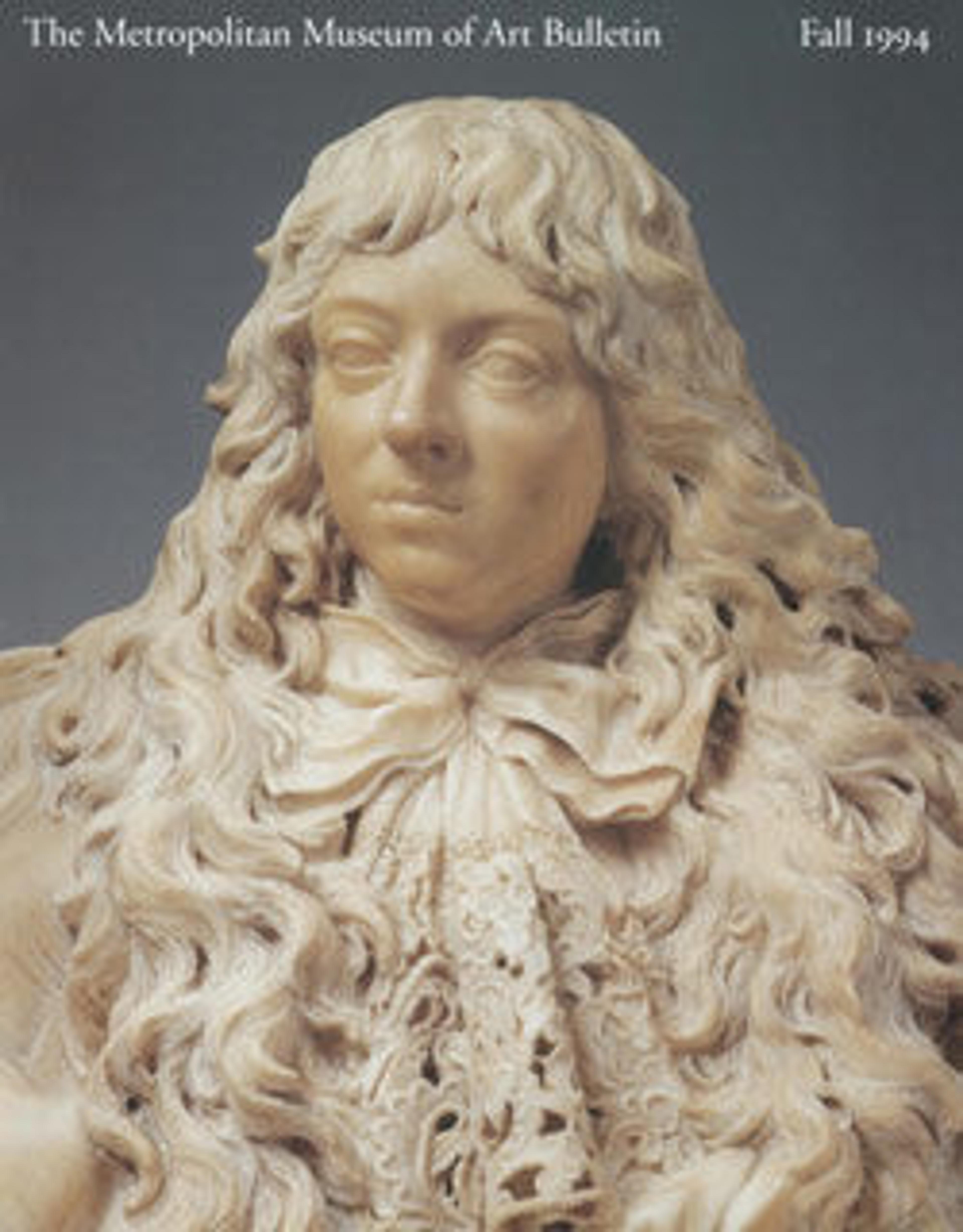Chūjō Noh Mask
The Chūjō mask portrays Heian-period poet and nobleman Ariwara no Narihira (Zai Go-chūjō, 825–880). The expression represents that of an elegant, graceful aristocrat; however, the furrow on his forehead expresses grief. The mask could be worn for the role of a handsome young nobleman or that of an aristocratic warrior of the Heike clan who dies on the battlefield.
Artwork Details
- 能面 中将
- Title: Chūjō Noh Mask
- Artist: Genkyu Michinaga (Japanese, active second half of the 17th century)
- Period: Edo period (1615–1868)
- Date: 18th century
- Culture: Japan
- Medium: Cypress wood with white, black, and red pigments
- Dimensions: W. 5 1/2 in. (14 cm); L. 8 1/2 in. (21.6 cm)
- Classification: Masks
- Credit Line: Purchase, Lila Acheson Wallace Gift, 1993
- Object Number: 1993.341.2
- Curatorial Department: Asian Art
More Artwork
Research Resources
The Met provides unparalleled resources for research and welcomes an international community of students and scholars. The Met's Open Access API is where creators and researchers can connect to the The Met collection. Open Access data and public domain images are available for unrestricted commercial and noncommercial use without permission or fee.
To request images under copyright and other restrictions, please use this Image Request form.
Feedback
We continue to research and examine historical and cultural context for objects in The Met collection. If you have comments or questions about this object record, please contact us using the form below. The Museum looks forward to receiving your comments.
